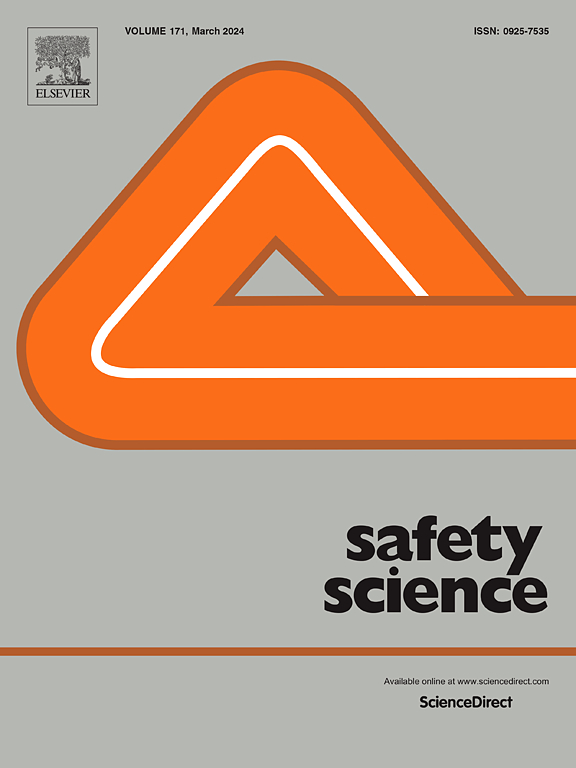Comparing training delivery methods: Impact on learning outcomes and engagement among construction workers
IF 4.7
1区 工程技术
Q1 ENGINEERING, INDUSTRIAL
引用次数: 0
Abstract
Effective safety training is crucial for enhancing workers’ safety awareness and promoting safer behaviors, yet delivering such training within time and budget constraints remains a challenge. This study assessed the effectiveness of five safety training delivery methods—pre-recorded video, lecture, interactive lecture, flipped lecture (pre-recorded video followed by a hands-on activity after two weeks), and interactive lecture with hands-on activity—on engagement levels and short-term learning outcomes, namely hazard recognition skill, high-energy hazard recognition skill (hazards with the potential to cause serious injuries or fatalities), perception of high-energy hazards, and risk tolerance. A multi-arm parallel-group field experiment was conducted, with data collected through pre- and post-training surveys. The results revealed that while engagement levels increased linearly as the learner-centeredness of the training increased, improvements in hazard recognition skills followed a parabolic trend. Additionally, trainees in all groups except the interactive lecture group perceived high-energy hazards as riskier after the training but risk tolerance did not decrease in any training groups. These findings provide specific guidance on selecting optimal safety training delivery method as it relates to training objectives and resource constraints. These results may help practitioners to select the most appropriate method of safety training delivery based on their specific aims and available resources.
比较培训交付方法:对建筑工人学习成果和参与的影响
有效的安全培训对于提高工人的安全意识和促进安全行为至关重要,但在时间和预算限制下提供此类培训仍然是一项挑战。本研究评估了五种安全培训方式的有效性——预录视频、讲座、互动讲座、翻转讲座(预录视频后两周后进行实践活动)和互动讲座与实践活动——参与水平和短期学习成果,即危险识别技能、高能危险识别技能(可能造成严重伤害或死亡的危险)、对高能危险的感知、还有风险承受能力。采用多臂平行组野外实验,通过训练前和训练后调查收集数据。结果显示,虽然参与水平随着培训以学习者为中心的增加而线性增加,但危险识别技能的提高遵循抛物线趋势。此外,除互动讲座组外,所有组的受训者在培训后都认为高能危害更危险,但风险承受能力在任何训练组都没有下降。这些发现为选择最优的安全培训方式提供了具体的指导,因为它与培训目标和资源限制有关。这些结果可以帮助从业人员根据他们的具体目标和现有资源选择最合适的安全培训方法。
本文章由计算机程序翻译,如有差异,请以英文原文为准。
求助全文
约1分钟内获得全文
求助全文
来源期刊

Safety Science
管理科学-工程:工业
CiteScore
13.00
自引率
9.80%
发文量
335
审稿时长
53 days
期刊介绍:
Safety Science is multidisciplinary. Its contributors and its audience range from social scientists to engineers. The journal covers the physics and engineering of safety; its social, policy and organizational aspects; the assessment, management and communication of risks; the effectiveness of control and management techniques for safety; standardization, legislation, inspection, insurance, costing aspects, human behavior and safety and the like. Papers addressing the interfaces between technology, people and organizations are especially welcome.
 求助内容:
求助内容: 应助结果提醒方式:
应助结果提醒方式:


